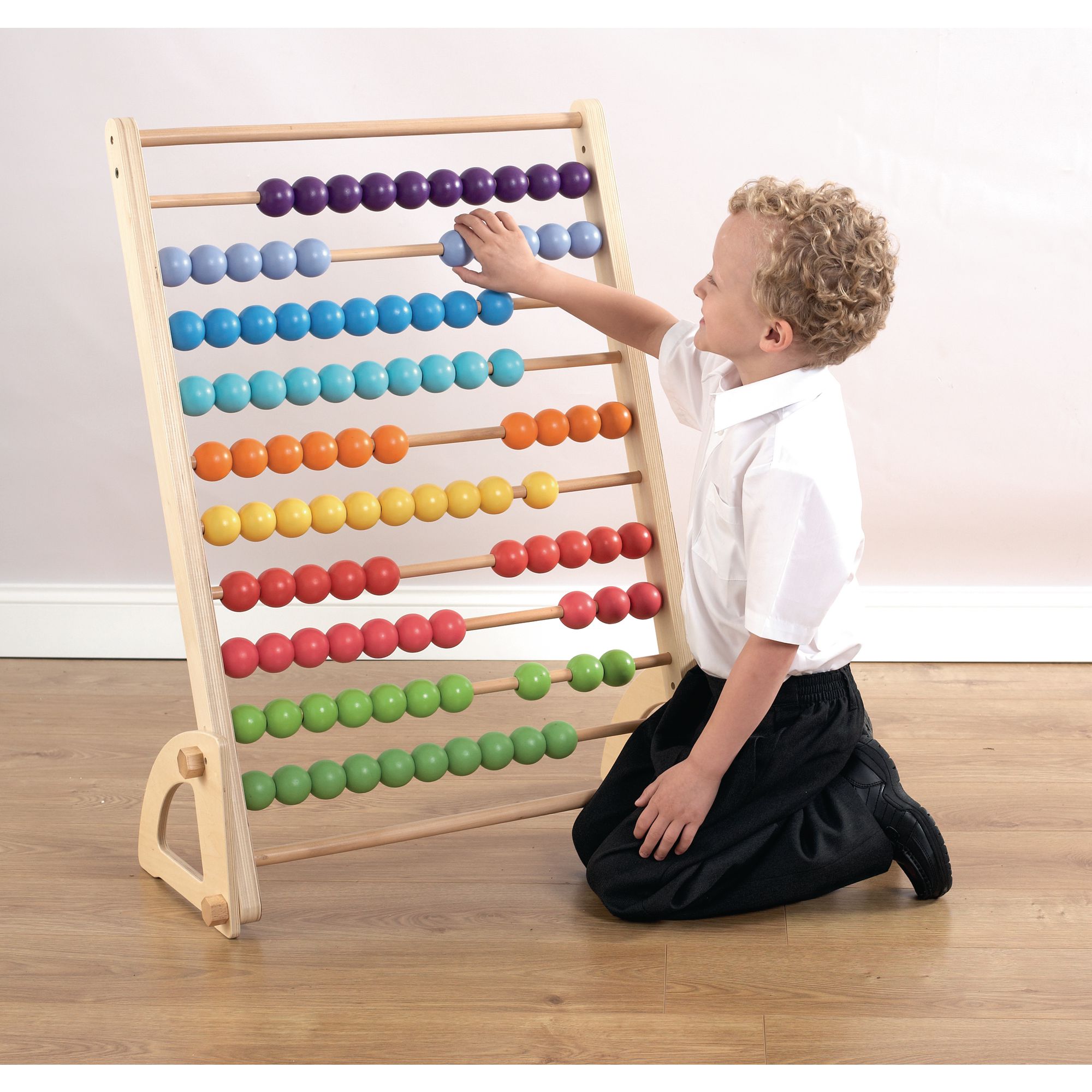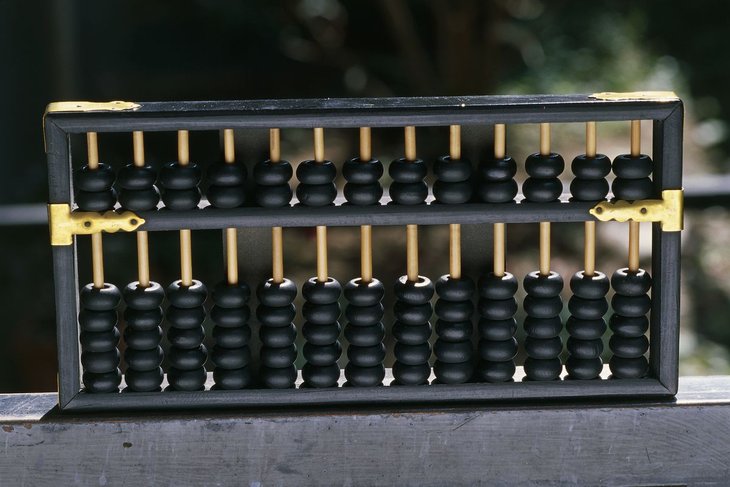

#Abacus history portable
With the need for portable devices, wooden boards with grooves carved into the surface were then created and wooden markers (small discs) were used as place-holders. A benefit of these counting boards on tables, was that they could be moved without disturbing the calculation- the table could be picked up and carried indoors. The more affluent people, could afford small wooden tables having raised borders that were filled with sand (usually coloured blue or green). In outdoor markets of those times, the simplest counting board involved drawing lines in the sand with ones fingers or with a stylus, and placing pebbles between those lines as place-holders representing numbers (the spaces between 2 lines would represent the units 10s, 100s, etc. However, educated guesses can be made about their construction, based on early writings of Plutarch (a priest at the Oracle at Delphi) and others. The earliest counting boards are forever lost because of the perishable materials used in their construction. What did the first counting board look like? He Gerebertus was þe firste þat took abacus of Sarsyns, and af rules þerynne, þat mowe unneþe be understonde of þe kunnyngeste men of þe craft, þe whiche craftes men beþ cleped abaciste.Marianus. The person operating the abacus performs calculations in their head and uses the abacus as a physical aid to keep track of the sums, the carrys, etc. Both the abacus and the counting board are mechanical aids used for counting they are not calculators in the sense we use the word today. The abacus is a device, usually of wood (plastic, in recent times), having a frame that holds rods with freely-sliding beads mounted on them. The counting board is a piece of wood, stone or metal with carved grooves or painted lines between which beads, pebbles or metal discs were moved.

The difference between a counting board and an abacus It is important to distinguish the early abacuses (or abaci) known as counting boards from the modern abaci. The abacus is one of many counting devices invented to help count large numbers.

Until numbers were invented, counting devices were used to make everyday calculations. Merchants who traded goods not only needed a way to count goods they bought and sold, but also to calculate the cost of those goods. Then, as larger quantities (larger than ten human-fingers could represent) were counted, various natural items like pebbles and twigs were used to help count. The earliest counting device was the human hand and its fingers. Why does the abacus exist? It is difficult to imagine counting without numbers, but there was a time when written numbers did not exist. A Brief History of the Abacus Abacus is a Latin word that has its origins in the Greek words abax or abakon (meaning “table” or “tablet”) which in turn, possibly originated from the Semitic word abq, meaning “sand” 1.


 0 kommentar(er)
0 kommentar(er)
